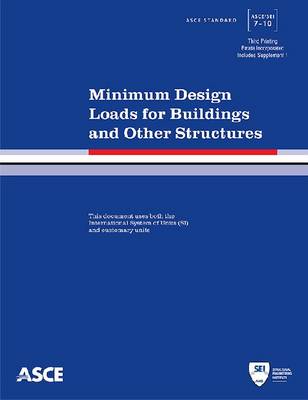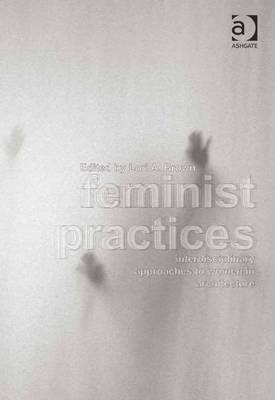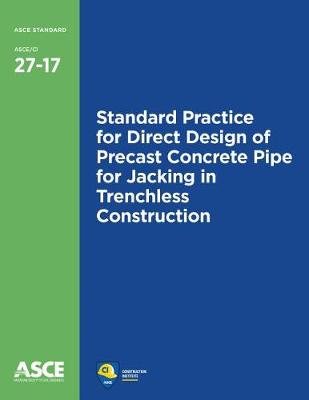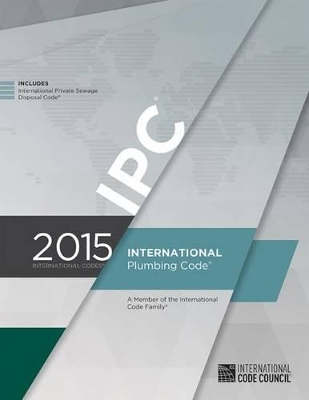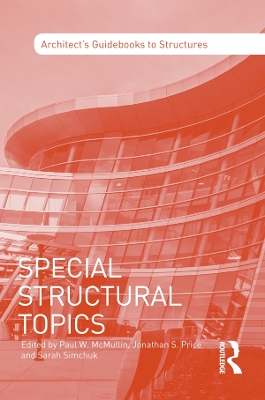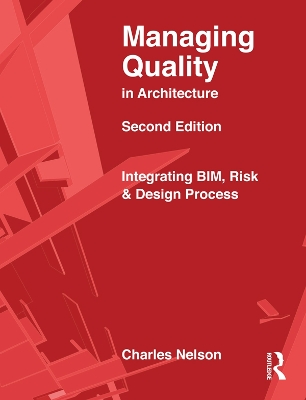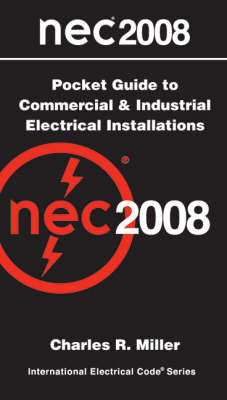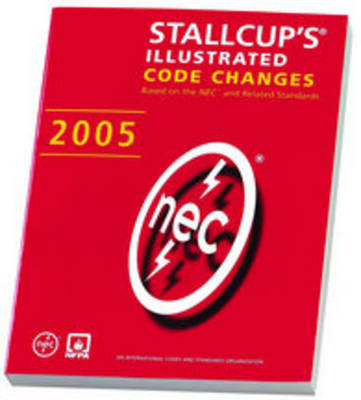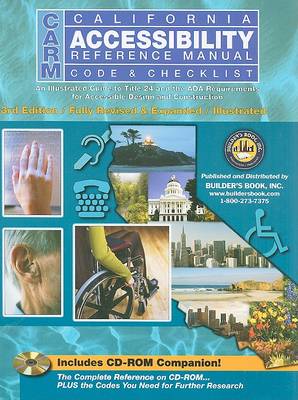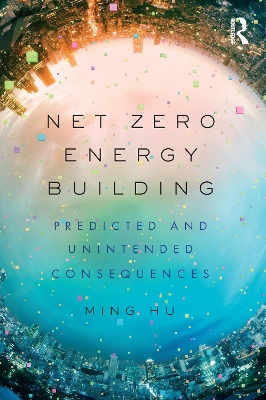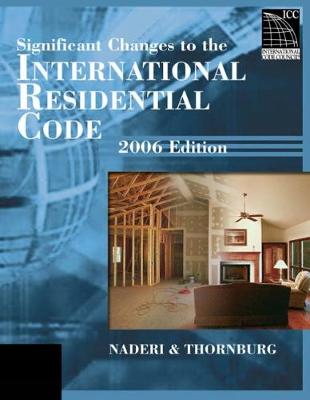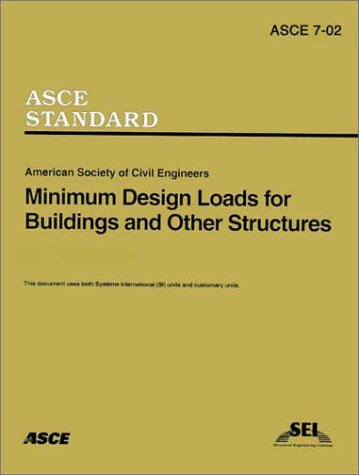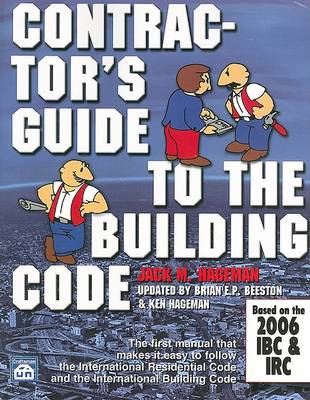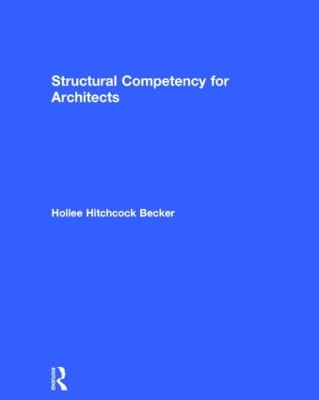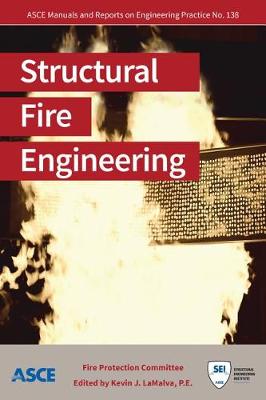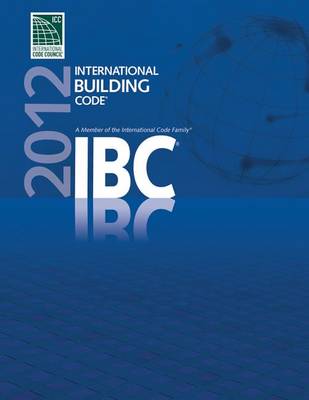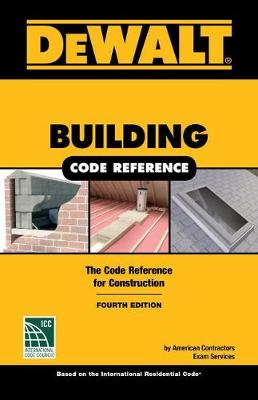Minimum Design Loads for Buildings and Other Structures
by American Society of Civil Engineers
Prepared by the Committee on Minimum Design Loads for Buildings and Other Structures of the Codes and Standards Activities Division of the Structural Engineering Institute of ASCE. Minimum Design Loads for Buildings and Other Structures, ASCE/SEI 7-10, provides requirements for general structural design and includes means for determining dead, live, soil, flood, snow, rain, atmospheric ice, earthquake, and wind loads, as well as their combinations, which are suitable for inclusion in building c...
Feminist Practices
Women continue to be extremely under-represented in the architectural profession. Despite equal numbers of male and female students entering architectural studies, there is at least 17-25% attrition of female students and not all remaining become practicing architects. In both the academic and the professional fields of architecture, positions of power and authority are almost entirely male, and as such, the profession is defined by a heterosexual, Eurasian male perspective. This book argues th...
International Plumbing Code (International Plumbing Code) (International Plumbing Code (Loose-Leaf))
by International Code Council
With an emphasis on design and installation for optimum performance, the 2012 INTERNATIONAL PLUMBING CODE LOOSE-LEAF VERSION sets forth established requirements for plumbing systems. This important reference guide includes provisions for fixtures, piping, fittings, and devices, as well as design and installation methods for water supply, sanitary drainage, and storm drainage. The 2012 edition of the code includes the 2012 INTERNATIONAL PRIVATE SEWAGE DISPOSAL CODE, a companion guide that offers...
Residential Building Codes Illustrated (Building Codes Illustrated, #8)
by Steven R Winkel, David S Collins, Faia, and Steven P Juroszek, Aia
Special Structural Topics (Architect's Guidebooks to Structures)
Special Structural Topics covers specialty structural situations for students and professional architects and engineers, such as soil mechanics, structural retrofit, structural integrity, cladding design, blast considerations, vibration, and structural sustainability. As part of the Architect's Guidebooks to Structures series, it provides a comprehensive overview using both imperial and metric units of measurement with more than 150 images. As a compact summary of key ideas, it is ideal for anyo...
Completely revised throughout for this second edition, Managing Quality in Architecture addresses the new ISO 9001 standards after the significant 2015 revision. ISO 9001 is the global standard for quality, and firms certified under the 2008 edition have three years to upgrade their quality systems to the new Standard. This book helps architects, engineers and other designers working in the built environment to develop appropriate quality systems that meet the requirements of the international S...
Pocket Guide to Commercial and Industrial Electrical Installations
by Charles R. Miller
The 2011 Edition of the National Electrical Code contains a range of complex revisions that electrical personnel and students must be made aware of. Stallcup's Illustrated Code Changes simplifies this process using clear, concise explanations and detailed full-color illustrations to explain hundreds of revisions. Following the organization of the 2011 NEC , Stallcup reviews each change in numerical order to correlate with the "Articles" and "Sections" as they appear in the Code in an effort to...
Significant Changes to the Wind Load Provisions of Asce 7-10 (Asce Press)
by T Stafford
Guideline for Structural Condition Assessment of Existing Buildings (Standards, ASCE/SEI 1)
What do we mean by net zero energy? Zero operating energy? Zero energy costs? Zero emissions? There is no one answer: approaches to net zero building vary widely across the globe and are influenced by different environmental and cultural contexts. Net Zero Energy Building: Predicted and Unintended Consequences presents a comprehensive overview of variations in 'net zero' building practices. Drawing on examples from countries such as the United States, United Kingdom, Germany, Japan, Hong Kong,...
2006 Significant Changes to the International Residential Code
by Doug Thornburg and Hamid Naderi
This easy-to-use guide identifies the significant changes to the minimum regulations for residential building systems that occurred between the 2003 and 2006 editions of the International Residential Code®. Rather than addressing every code change, the book instead focuses squarely on those provisions that have special significance, are utilized frequently, or have had a change in application so that users can readily identify what changes occurred and why. A straightforward analysis of the im...
Providing a unique approach to learning the Code, the Illustrated Guide to the NEC uses highly detailed, technically accurate illustrations and visuals to break down and simplify the expanding volume and complexity of the 2008 National Electrical Code. By translating the sometimes vague, complicated wording of the Code into straightforward illustrations and clear explanations, this book provides a resource that will facilitate comprehension and application of Code requirements for beginning and...
Joplin, Missouri, Tornado of May 22, 2011
by David Prevatt, William Coulbourne, Andrew Graettinger, Shiling Pei, Rakesh Gupta, and David Grau
Minimum Design Loads for Buildings and Other Structures, SEI/ASCE 7-02
The revised ""Minimum Design Loads for Buildings and Other Structures, SEI/ASCE 7-02"", gives the latest consensus requirements for dead, live, soil, flood, wind, snow, rain, ice, and earthquake loads, and their combinations, that are suitable for inclusion in building codes and other documents. ""SEI/ASCE 7-02"" is a revision of ""ASCE 7-98"". Revisions incorporated in ""SEI/ASCE 7-02"" include significant changes made to the following sections: general provisions, load combinations, live loads...
Contractor's Guide to the Building Code (Contractor's Guide to the Building Code)
by Jack M Hageman
Structural Competency for Architects is a comprehensive volume covering topics from structural systems and typologies to statics, strength of materials, and component design. The book includes everything you need to know about structures for the design of components, as well as the logic for design of structural patterns, and selection of structural typologies. Organized into six key modules, each chapter includes examples, problems, and labs, along with an answer key available on our website,...
Structural Fire Engineering (Manuals and Reports on Engineering Practice, #138)
International Building Code (International Building Code (Looseleaf)) (International Building Code)
by International Code Council
Featuring time-tested safety concepts and the very latest industry standards in material design, the 2012 INTERNATIONAL BUILDING CODE LOOSE-LEAF version offers up-to-date, comprehensive insight into the regulations surrounding the design and installation of building systems. It provides valuable structural, fire-, and life- safety provisions that cover means of egress, interior finish requirements, roofs, seismic engineering, innovative construction technology, and occupancy classifications for...
